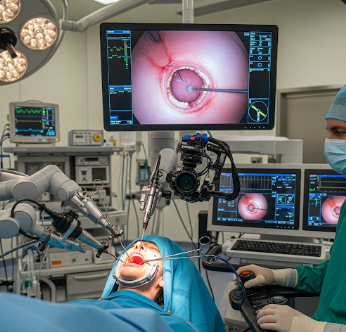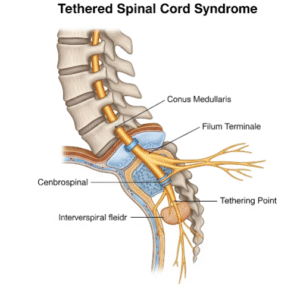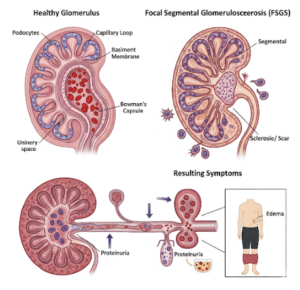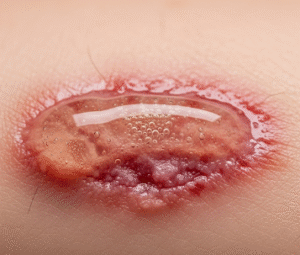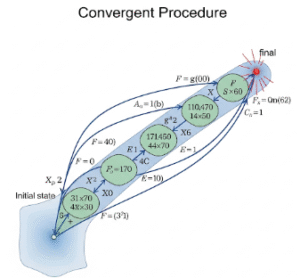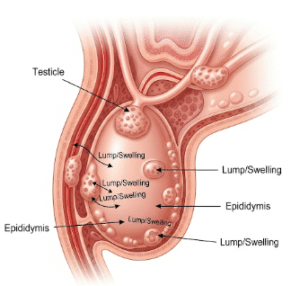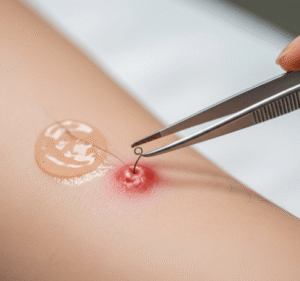Overview
Transoral Robotic Surgery (TORS) is a minimally invasive surgical procedure used to treat tumors of the throat, tongue base, tonsils, and larynx. Utilizing robotic-assisted technology, TORS allows surgeons to access hard-to-reach areas through the mouth, avoiding external incisions and minimizing trauma.
In Korea, TORS is performed at advanced ENT and head & neck oncology centers, combining state-of-the-art robotic systems, highly skilled surgeons, and comprehensive post-operative care. This approach ensures precise tumor removal with faster recovery and improved functional outcomes.
What is TORS?
TORS uses robotic-assisted surgical instruments controlled by the surgeon from a console. High-definition 3D visualization and fine robotic movements allow for:
- ✦ Precise tumor excision
- ➤ Minimal impact on surrounding tissues
- ✦ Preservation of swallowing and speech functions
- ➤ Reduced post-operative pain and scarring
Indications include:
- Tumors of the oropharynx, tongue base, tonsils, or larynx
- Early to moderate stage head and neck cancers
- Patients seeking minimally invasive alternatives to open surgery
Benefits include:
- Complete tumor removal with negative margins
- Minimally invasive with no external scars
- Faster recovery and shorter hospital stay
- Improved functional outcomes: speech, swallowing, and breathing
What are the Benefits?
✅ Minimally invasive, incision-free approach
➤ Precise tumor excision under robotic assistance
✅ Faster recovery and shorter hospitalization
➤ Preservation of speech and swallowing functions
✅ Reduced post-operative pain and complications
➤ High success rate for early-stage head and neck cancers in Korea
Procedure Details
1) How should I prepare for TORS?
- ✦ Preoperative evaluation: CT/MRI, PET scans, and biopsy of the tumor
- ➤ Blood tests, ECG, and anesthesia assessment
- ✦ Fasting for 6–8 hours prior to surgery
- ➤ Discuss medications and anticoagulants with your surgical team
- ✦ Arrange transportation and post-operative care at home
2) What happens during the procedure?
- ✦ Performed under general anesthesia
- ➤ A retractor is placed to access the oral cavity and throat
- ✦ Robotic arms are inserted through the mouth for tumor excision
- ➤ Surgeon controls the robotic instruments with high precision at a console
- ✦ Real-time 3D visualization allows careful removal while preserving surrounding structures
- ➤ Procedure duration: typically 2–4 hours, depending on tumor size and location
3) What happens after TORS?
- ✦ Hospital stay: usually 2–5 days for monitoring and recovery
- ➤ Pain management, nutrition, and speech/swallowing therapy are initiated
- ✦ Temporary feeding tube may be required depending on tumor location
- ➤ Follow-up includes endoscopic exams and imaging to ensure complete tumor removal
- ✦ Patients typically resume normal oral intake within 1–2 weeks and return to daily activities in 2–4 weeks
Risks / Benefits
Possible Risks:
- Bleeding or infection
- Swallowing or speech difficulties (usually temporary)
- Airway complications requiring intervention
- Rare complications: injury to nearby nerves or structures
Benefits:
- Minimally invasive, no external incisions
- Precise tumor removal with improved functional outcomes
- Faster recovery compared to open head and neck surgery
- In Korea, highly skilled robotic surgeons and advanced operating rooms minimize risks
Recovery and Outlook
- ✦ Swallowing and speech therapy may be needed for a short period
- ➤ Gradual return to normal diet and activities within 2–4 weeks
- ✦ Regular follow-up imaging and endoscopy ensure no tumor recurrence
- ➤ Most patients experience minimal scarring, less pain, and rapid recovery
- ✦ Korean centers provide comprehensive multidisciplinary support including oncology, ENT, and rehabilitation teams
When To Call the Doctor
⚠ Persistent bleeding or swelling in the mouth/throat
⚠ Difficulty breathing or swallowing
⚠ Fever or signs of infection
⚠ Sudden changes in voice or neurological symptoms
Best Korea Option / Process
Korean hospitals provide world-class TORS care, including:
- ✦ Experienced head & neck surgeons specializing in robotic surgery
- ➤ Advanced robotic systems with high-definition 3D visualization
- ✦ Comprehensive perioperative care including pain management and rehabilitation
- ➤ Shorter hospital stays and faster functional recovery
- ✦ Multidisciplinary approach: ENT, oncology, speech therapy, and nutrition
- ➤ English-speaking coordinators for international patients
Highlights of TORS in Korea
- ✅ Minimally invasive robotic-assisted surgery for head and neck tumors
- ➤ Precise tumor removal with no external scars
- ✅ Faster recovery and preservation of speech and swallowing
- ➤ Advanced robotic systems and highly skilled surgeons
- ✅ Comprehensive post-operative care and rehabilitation

